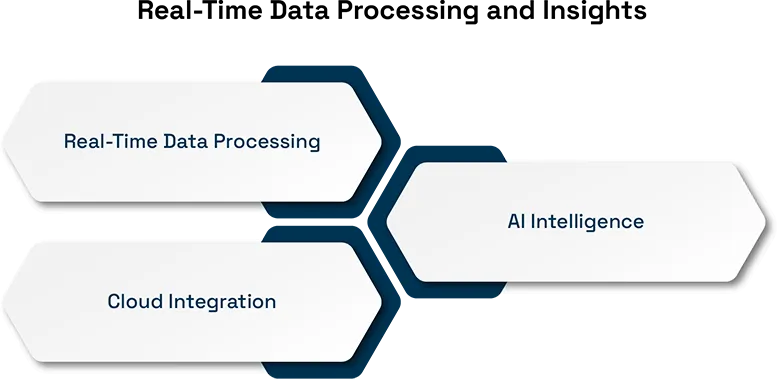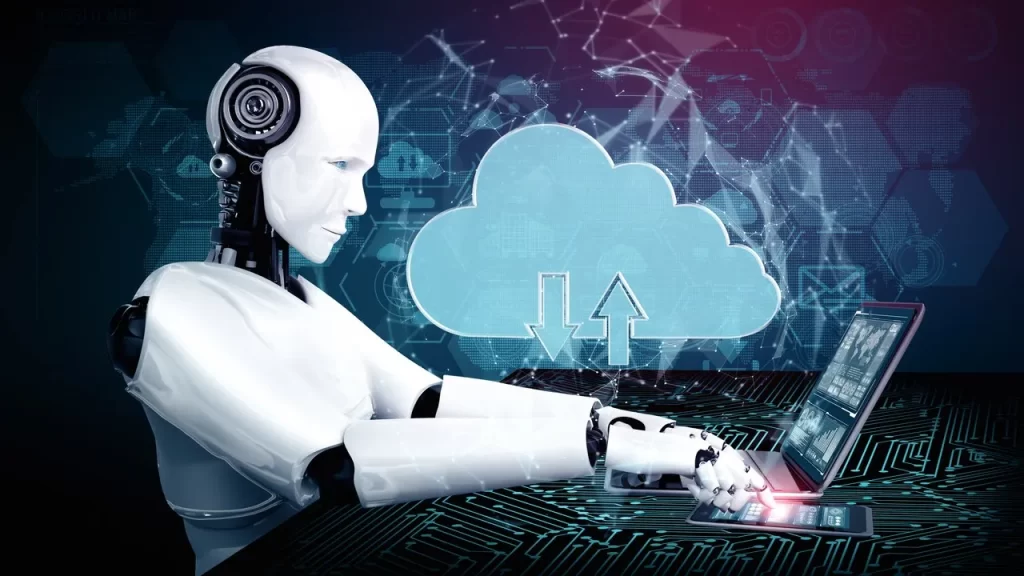With AI playing a massive role in the contemporary technological world, Grok AI, co-developed by Elon Musk’s AI company known as xAI, is one of the most notable ones. It is initially conceived to not only be a conversational AI model but rather an intelligent system that can reason and even decide in real time. Even in its current implementation through the integration with X (ex-Twitter), Grok has revealed this grand vision: they aim not only to be a chatbot but also one of the key components of cloud platforms.
In this respect, Grok AI is still in the process of starting the change that cloud computing is going to take soon through the enhancement of the automation, optimization of the systems that are involved in the data processing, and human interactions that they have with their digital environment. Such innovations are paramount since cloud environments continue evolving, thereby requiring advanced models that accommodate data demands within a cloud setting. As viewed, incorporating AI systems such as Grok into the cloud infrastructure will also increase reaction time, scalability, and adaptability of organizations.
Intelligent Cloud Automation
It addresses automation in cloud regions with an aim of making the cloud environment more adaptive and contextual. In traditional automation tools, use rules or scripts that could fail in unexpected or even newly expected cases. The performance of Grok means that it can intelligently respond to a variable environment regarding resources, work assignments, or behaviors.
Such a level of intelligent automation is especially helpful where agility is a factor, as in large, complex, and perhaps multi-cloud infrastructures. Grok has the ability to analyze logs and performance metrics, and with the help of decision-making algorithms, it is able to predict or even take appropriate actions before resolutions become necessary. This approach minimizes interruption, enhances service delivery, and decreases the obligation for IT operations staff, which is in sync with today’s cloud-first organizations.

Enhancing Cloud Security Posture
Security is a significant issue in cloud computing, and based on this, it is evident that Grok AI is well-placed to be a prominent player in this area. Sophisticated natural language processing and pattern-matching capabilities of Grok can detect any unusual activity or access pattern, which may be a sign of a breach or malicious activity. Grok, on the other hand, can self-evolve from context and new data feeds, making threat detection more accurate.
Furthermore, Grok can help improve the availability of cloud security. Instead of relevant and efficient analysis of complex data sets, stakeholders and administrators could simply ask questions in plain English, such as “What new vulnerability has been identified about my VM infrastructure?” or “Any failed access attempts that took place of late?” This makes cloud systems security more user-friendly to access for the users since it involves artificial intelligence and is not likely to be accessed by only technical personnel.
Real-Time Data Processing and Insights
It is worth emphasizing one of the most significant advantages of Grok, which provides real-time processing of a large amount of information. In the cloud environment where application data is created daily by apps, services, IoT devices, or users, it is very useful. Grok provides the relevant, intelligent, and real-time analysis of such data faster and in ways that analytical applications cannot.
Especially for those companies for which real-time decision-making is crucial, such as financial, healthcare, or logistics, Grok can become a powerful tool to boost cloud-based platforms. It could power real-time, operational, and business dashboards, make predictions, or indicate that there are issues with workflow capacity with virtually no latency. Thus, Grok uses AI to harmonize between the function of collecting and storing data and undertaking meaningful activities.

Improving Developer and User Experience
Grok AI’s conversational abilities could transform how developers interact with cloud systems. Developers could ask Grok to provision environments, dna debug or investigate the behavior of systems, without having to wade through documents or write scripts. This could in turn open up the opportunity for establishing market access for numerous new talents and potentially speed up the probes and development process.
On the user side, applications running in the cloud that integrate Grok-like intelligence could offer more personalized, adaptive experiences. Think of software that can understand user intent more naturally or customer service bots that resolve issues with deeper contextual awareness. Grok’s AI adds a layer of cognitive computing that redefines how humans and cloud-based software interact.
Edge and Hybrid Cloud Optimization
Newer types of cloud structure are edge and hybrid, which are used for workloads now. Grok AI is useful in any situation where it is required to maintain low-level control of a distributed system with limited bandwidth and minimal latency, and maximum reliable availability. When driven on edge devices or when synchronizing it with core systems, Grok can improve basic capabilities as well as reliability.
In transitional models where some portions of the workload get shifted from private to public cloud and vice versa, Grok fulfills the functions of traffic flow control, compliance check, and real-time measurement of resource utilization. Thus, this level of AI-driven orchestration can enable enterprises to make the most of the global use of the hybrid clouds to achieve their business advantage while making sure that they avoid any possible pitfalls and waste.







